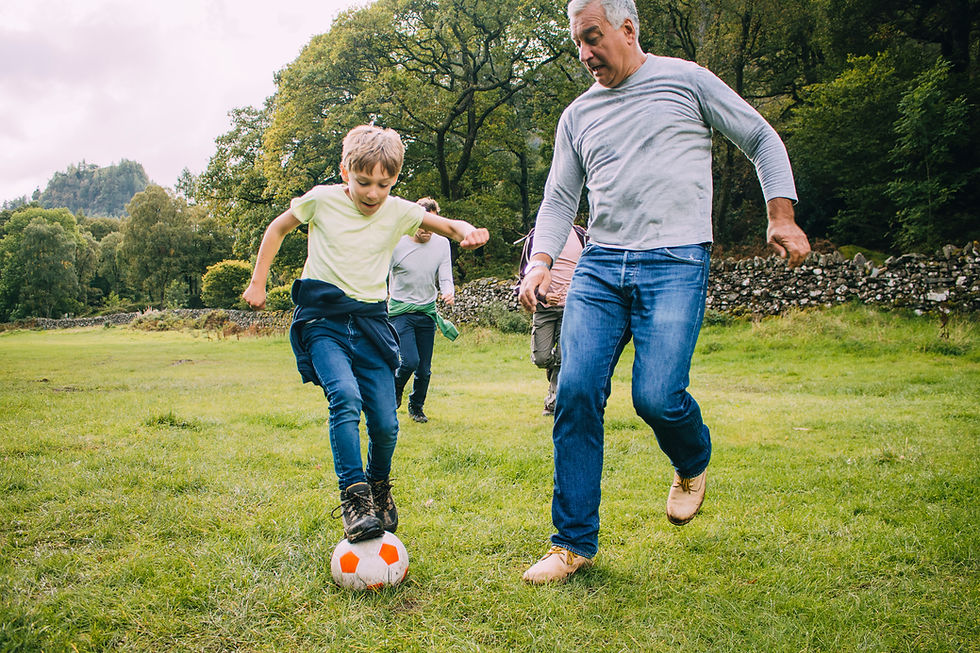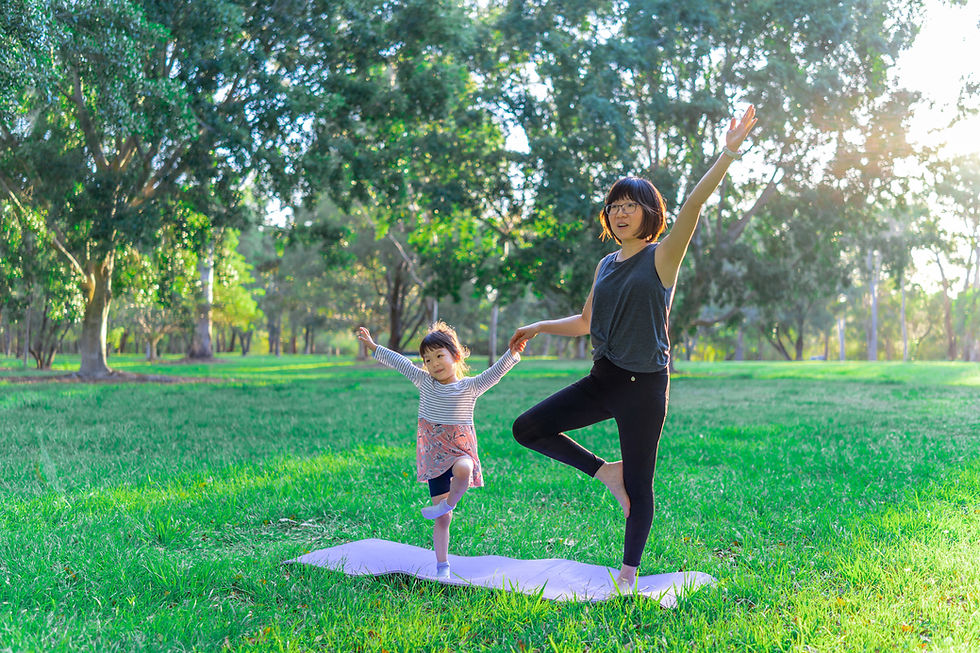Game changer: Vestibular Ocular Reflex
- Ashley Stanley
- Jun 10, 2022
- 2 min read
Your PT will prescribe exercises for the vestibular ocular reflex almost 100% of the time if you are in vestibular rehab (unless you are seeing them for benign paroxysmal positional vertigo). Exercises for the VOR were introduced in the 80's based on research on the vestibular system and they changed the game.
What is the VOR?
The VOR helps us stabilize images. It is a reflex arc from the inner ear to the brain stem to the eyeball.
I use this activity to teach students about the VOR:
Get a partner. Decide on a partner A and a partner B. Face each other. Gaze into each other's eyes. Partner A will quickly turn their head to the left and continue to gaze at partner B's nose. When you do this fast, the VOR is the part of the body that is keeping the eyes on the target-the nose. The side that was activated/excited was the side you turned to. So in this example, the left ear was active and excited. The goal of the VOR is to keep the eyes on a target and keep our gaze stabile and in focus. When you turn your head to the left, exciting the left ear, the eyes move equal and opposite. So, partner B, which way did the eyes move? They moved to the right. Equal and opposite for a left head turn.
If the eyes did not stay on the target, there may be something amiss with the VOR. If you turn to the left and the eyes go off target, the left ear may be the issue. If you turn to the right and the eyes go off target, the right ear may be the issue.
In PT, we teach clients various exercises to strengthen this reflex arc. This helps people have better balance, better focus on objects, and better ability to live their normal lives.
Here is a complicated diagram of the VOR. In this diagram the person is facing forward. The arrows on the at the top (near the semi-circular canal of the ear) indicate the head is turning right. This inhibits the eyes muscles that move the eye to the right and excites the muscles that move the eye to the left. This results in an eye movement to the left. The reflex arc travels from the inner ear to the brainstem and out to the eye muscles. (This photo is the opposite of what we did in the activity above).

Vestibular rehab evaluations include testing of the VOR in a static situation and dynamically while you look at an eye chart. This helps the PT understand how your system is operating on a day to day basis.
Research on the VOR is VAST. ENDLESS. It is fascinating how the brain and body learn and adapt when we exercise our VOR in the right way.
I call VOR exercises bicep curls for our vestibular system. They help get the VOR stronger!
Ashley Stanley PT, DPT
.png)



Comments